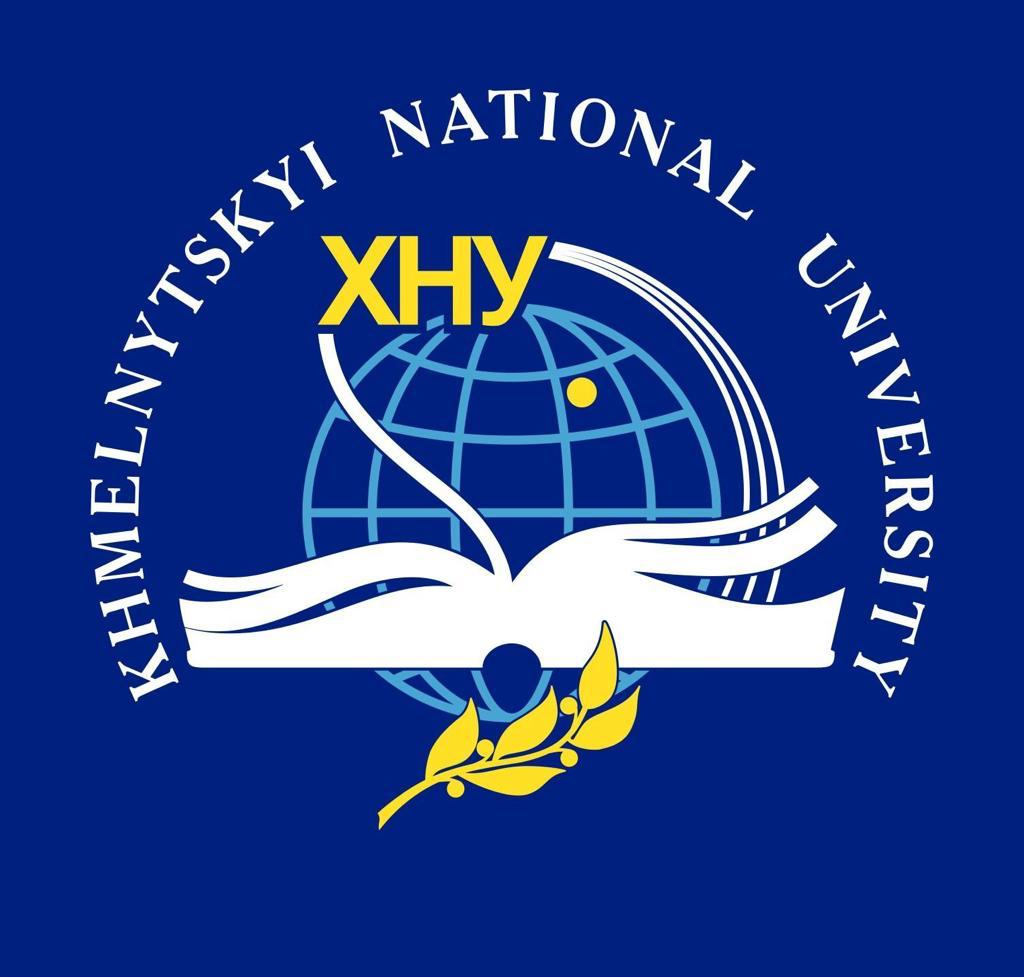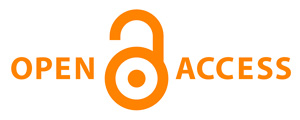STUDY OF THE DYNAMICS OF INDICATORS OF GENERAL AND SPECIAL PHYSICAL TRAINING OF HIGHLY QUALIFIED ROWERS IN THE PREPARATION PERIOD UNDER THE INFLUENCE OF A TYPICAL PROGRAM OF STRUCTURE OF THE TRAINING PROCESS
DOI:
https://doi.org/10.31891/pcs.2025.1(1).79Keywords:
academic rowing, top athletes, general and special physical fitness, typical training program, preparatory period, efficiency, stage of maximum realization of individual capabilitiesAbstract
The article presents the results of the assessment of the effectiveness of a typical program for building a training process for rowers-academics of higher qualification (men's national team of Ukraine) in the preparatory period of the annual macrocycle for the stage of maximum realization of individual capabilities. To achieve the goal of the study, the features of changes in the indicators of general and special physical fitness of athletes specializing in academic rowing at the beginning and end of the training period were studied using traditional methods, a computer program for express assessment of general physical fitness "ShVSM" and a rowing simulator "Concept-2". In order to most objectively assess the results of the study, we also developed model characteristics of the general physical fitness of athletes of higher qualification specializing in academic rowing.
The results of the study allowed us to state the overall positive impact of the typical program of organizing the training process on the main indicators of the current level of general and special physical fitness: by the end of the preparatory period, a significant increase in the aerobic capabilities of the examined athletes, general and speed endurance, thigh muscle strength, average rowing pace at a distance of 2000 m and 6000 m was observed.
At the same time, changes in other indicators of general and special physical fitness had only a tendency to improve. In addition, by the end of the preparatory period, the surveyed academic rowers recorded significant deviations in the indicators of general physical fitness from the model characteristics: at the beginning of the preparatory period, the values of these deviations were 14% for the relative values of maximum oxygen consumption, 20% for the relative values of РВС170 and the level of speed endurance, 29%-32% for the levels of speed-power and general endurance, 25% for the level of general physical fitness, and by the end of this period, the decrease in these values was insignificant (from 3 to 5%). Thus, the results of the study indicate the insufficient effectiveness of the typical program for building a training process for academic rowers of higher qualification in the preparatory period of the annual macrocycle and the need for its significant improvement, taking into account the main requirements of the modern level of development of academic rowing in the world and the latest achievements of IT technologies.
References
Boguslavskya V.Yu., Edelev O.S., Polyak V.A. (2023). Vdoskonalennya phizichnoy pidgotovlenosti vesluvalnikiv riznimi rezchimami trenuvan na etapi specializovanoy bazovoy pidgotovki [Improving the physical fitness of rowers through various training regimes at the stage of specialized basic training]. Phizichna kultura, sport ta zdoroviya nacii. (16). S. 54-59. [in Ukrainian].
Dovgodko I., Rusanova O, Dyachenko A. (2018) Analiz vplivu shvidkoy kinetiki reakzii kardiorespiratornoy sistemy na efektivnisty funkzionalnogo zabezpecheny spezialnoy robotozdatnosty vesluvalnikiv [Analysis of the influence of rapid reaction kinetics of the cardiorespiratory system on the effectiveness of the functional support of the special performance of rowers]. Molodigny naukoviy visnik Shidnoevropeyskogo universbtetu imeni Lesi Ukrainky. Fizychne vykhovannya i sport. No. 29. S. 157–164. [in Ukrainian].
Dyachenko A. Y., Kun Xianlin. (2018) Kontroly i modeluvanny navantageny v umovah komleksnogo stomlenny v prozesi spezialnoy fizichnoy pidgotovky veslyriv [Control and modeling of loads in the conditions of compensated fatigue in the course of special physical training of rowers]. Chasopis kafedry teoriyi i metodyki fizychnoho vykhovannya, adaptivnoi ta masovoi fizychnoy kultury. Poltava. No 4. 152 s. [in Ukrainian].
Kozhenkova A. (2016). Rozrobka modeli prohodzhennya zmagalnoy distancii chetvirki parnoy u vesluvanni akademichnomu. [Development of a model for completing a competitive distance for women's double fours in rowing]. Phizichna kultura, sport ta zdoroviya naciї: zbirnik naukovih prac. Vinnica. Vipusk №.1. S.311–315. [in Ukrainian].
Kutek T., Ahmetov R., Nabokov Yu. (2019). Intencifikaciya sportivnoy pidgotovki kvaliphikovanih sportsmeniv na etapi maksimalnoy realizacii individualnih mozhlivostey. [Intensification of sports training of qualified athletes at the stage of maximum realization of individual capabilities]. Phizichna kultura, sport ta zdoroviya naciї: zbirnik naukovih prac. Vinnica. Vipusk №7. S.195-199. [in Ukrainian].
Malikov M.V., Bogdanovskya N.V., Svatiev A.V. (2006). Phunkchionalnya diagnostika v phizichnomu phihovanni ta sporti. Navchalniy posibnik (pid griphom MON Ukraini) [Functional diagnosis in physical education and sports. Tutorial (under the stamp of the Ministry of Education and Science of Ukraine)]. Zaporizhzhiya : ZNU. 199p. [in Ukrainian].
Miphtahutdinova D.A. (2015). Udoskonalennya phizicnoy ta funkcionalnoy pidgotovlenosti sportsmenok visokoy kvalifikacii u vesluvanni akademicnomu [Improving the physical and functional fitness of highly qualified female rowing athletes]. Dnipropetr. derzh. in-t phiz. kulturi i sportu. Dnipropetrovsk. 22 s. [in Ukrainian].
Moskalenko N. (2013). Stan ta perspektivi rozviyku akademicnogo vesluvannya v Ukraini. [The state and prospects for the development of rowing in Ukraine]. Sportivniy visnik Pridniprovya. D. № 1. S. 103– 107. [in Ukrainian].
Pavlik A. (2014). Vzaemozvyazok maksimalnih pokaznikiv aerobnoy produktivnosti kvaliphikovanih sportsmeniv z maksimalnim rivnem potuzhnosti roboti pid chas vikonannya testuvalnih navantazhen (Povidomlennya ІІІ). [The relationship between the maximum aerobic performance of qualified athletes and the maximum level of work power during test loads (Report III)]. Aktualni problem phizichnoy kulturi i sportu/ №30 (2). S. 48–58. [in Ukrainian].
Svatev A.V. (2015). Suchasni pidhodi do vdoskonalennya tehnichnoy pidgotovki kvaliphikovanih sportsmeniv v akademichnomu vesluvanni. [Modern approaches to improving the technical training of qualified athletes in rowing]. Phizichne vihovannya, sport i kultura u suchasnomu suspilstvi. № 4 (55). S.219–222. [in Ukrainian].
Tihomirov A.I., Kozubenko O.S., Usatyuk G. Ph. (2018). Vesluvalniy sport. [Rowing: a teaching guide] : navchalno-metodichniy posibnik. Mikolaiv: MNU im. V.O. Suhomlinskogo. 112 s. [in Ukrainian].
Chichkan O., Mihalskya Z., Kostovskiy M., Kmizchyak M. (2023). Struktyra ta zmist phizichnoy pidgotovki vesluvalnikiv-maraphonciv. [Structure and content of physical training for marathon rowers]. Naukiviy chasopis Ukrainskogo derzhavnogo universitetu imeni Mihayla Dragomanova. Seriya 15. (5(164). S.166-170. [in Ukrainian].
Shinkaruk O., Taybolina L. (2020). Phunkcionalniy stan sercevo-sudinnoy sistemi vesluvalnikiv visokoy kvaliphikacii v procesi intensivnoy zmagalnoy diyalnosti. [Functional state of the cardiovascular system of highly qualified rowers during intensive competitive activity]. Sportivna medicina i phizicna reabilitaciya. №1. S. 49-60. [in Ukrainian].
Shinkaruk O. (2012). Vikoristannya modelnih harakterisik v procesi vidboru ta orientacii pidgotovki sportsmeniv. [Using model characteristics in the process of selection and orientation of athletes' training]. Visnik Zaporizkogo nacionalnogo universitetu za phahom «Phizichne vihovannya i sport». Zaporizhzhiya. № 2(8). S.285–291. [in Ukrainian].
Yakovenko O. (2013). Osoblivosti phormuvannya ekipazhiv u vesluvanni akademichnomu na etapi pidgotovki do vizchih dosyagnen. [Peculiarities of crew formation in rowing at the stage of preparation for higher achievements]. Teoriya ta metodika phizichnogo vihovannya i sportu. №1. S. 31–34. [in Ukrainian].
Downloads
Published
How to Cite
Issue
Section
License
Copyright (c) 2025 Роман Козій, Дина Міфтахутдинова , Андрій Сватьєв

This work is licensed under a Creative Commons Attribution 4.0 International License.





